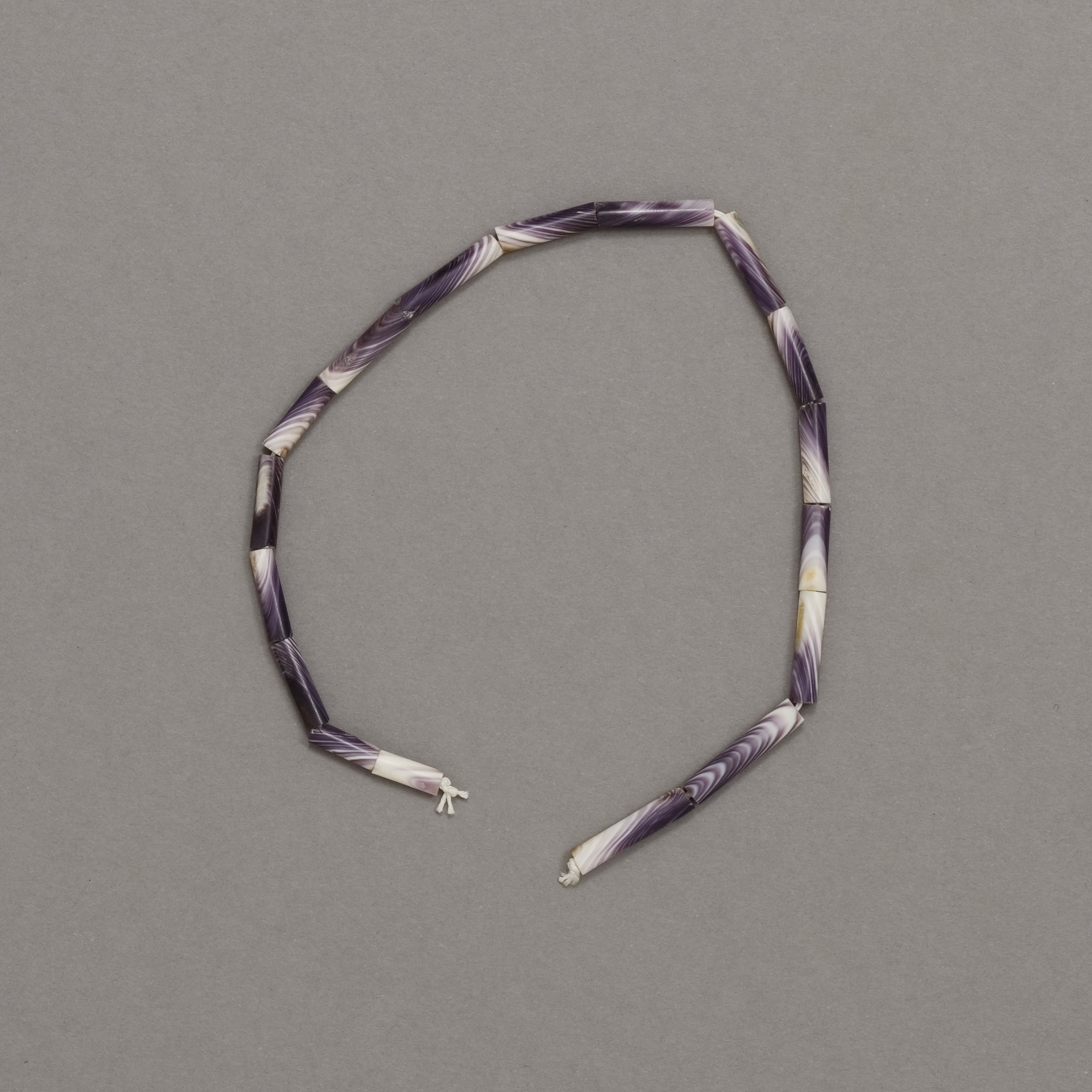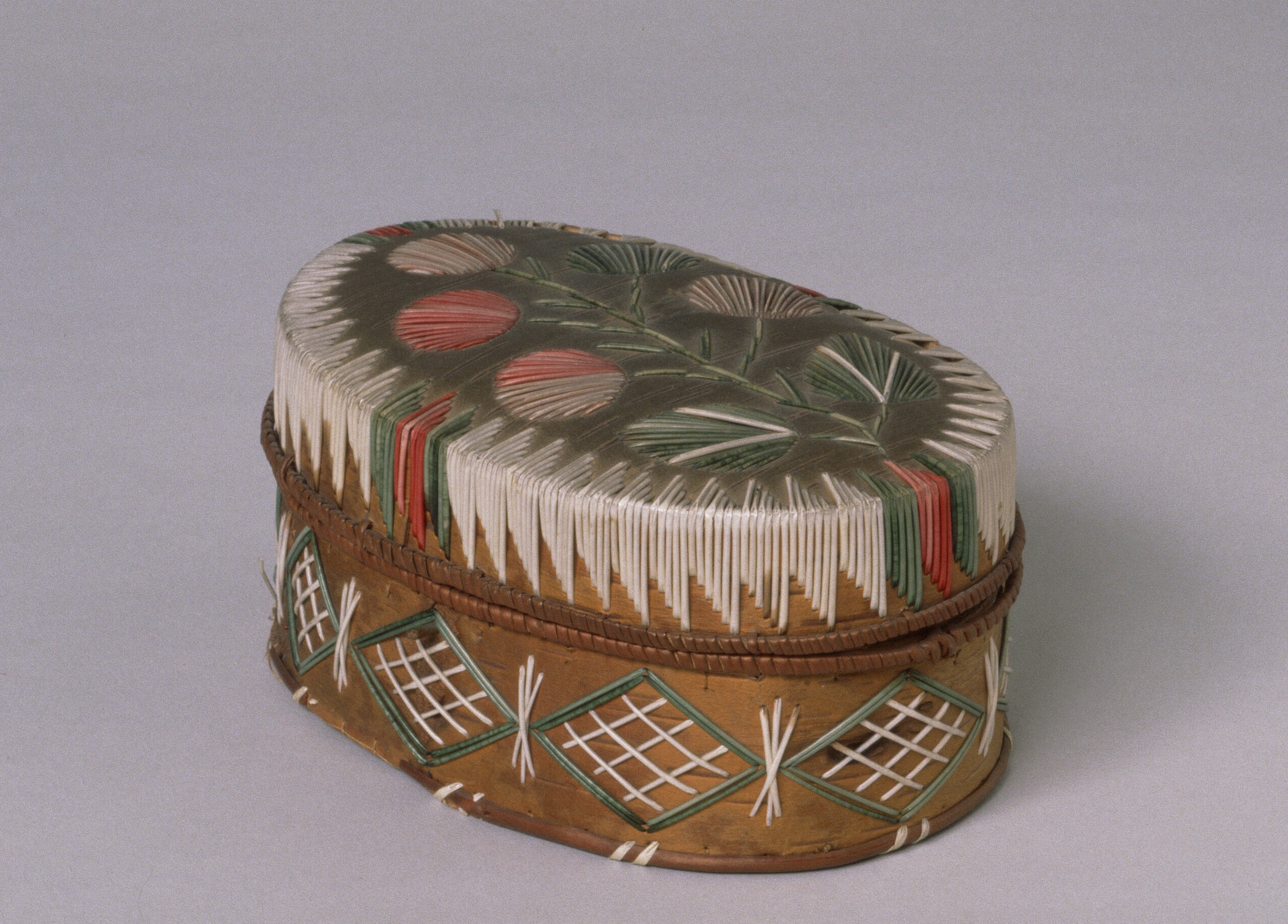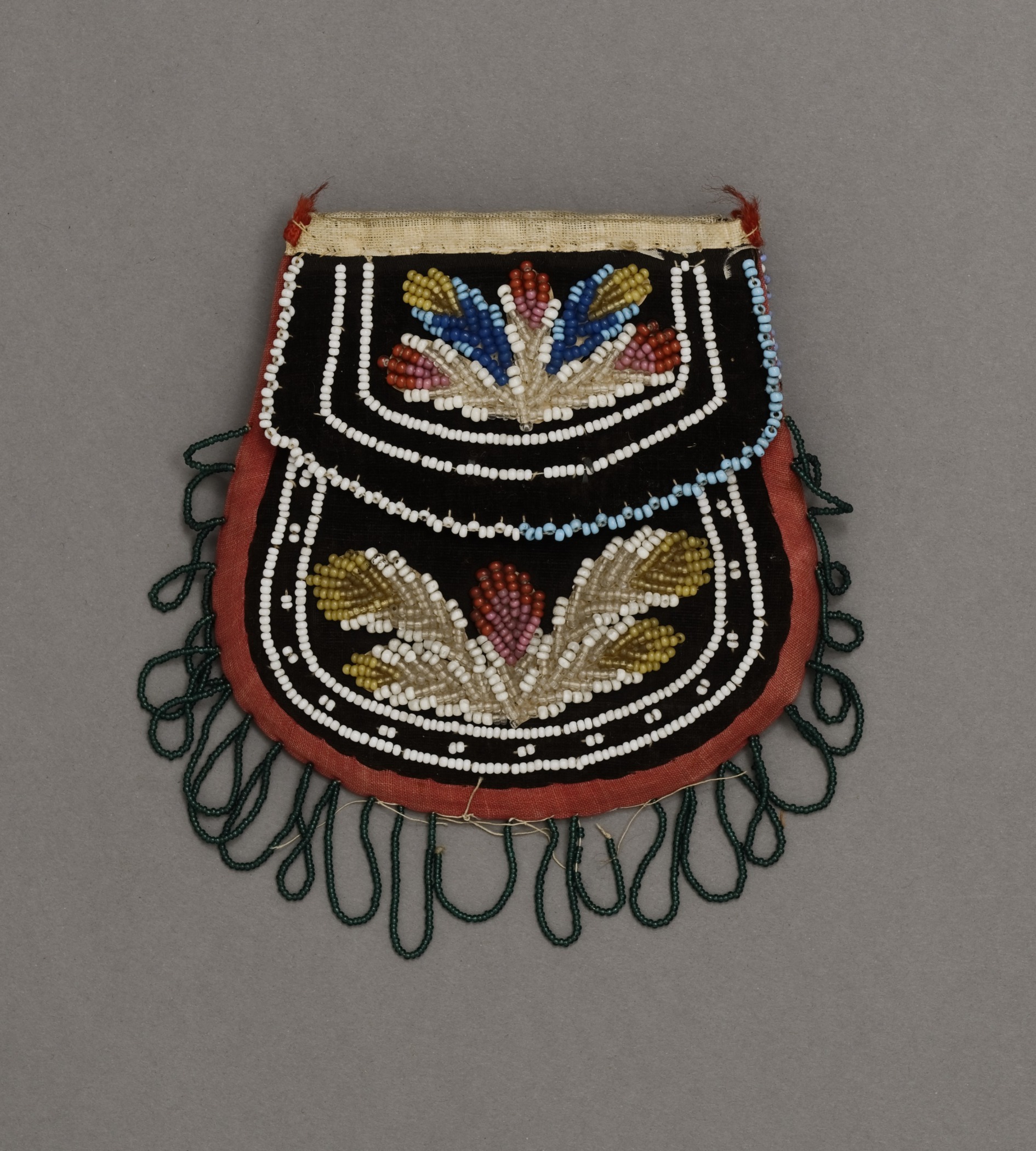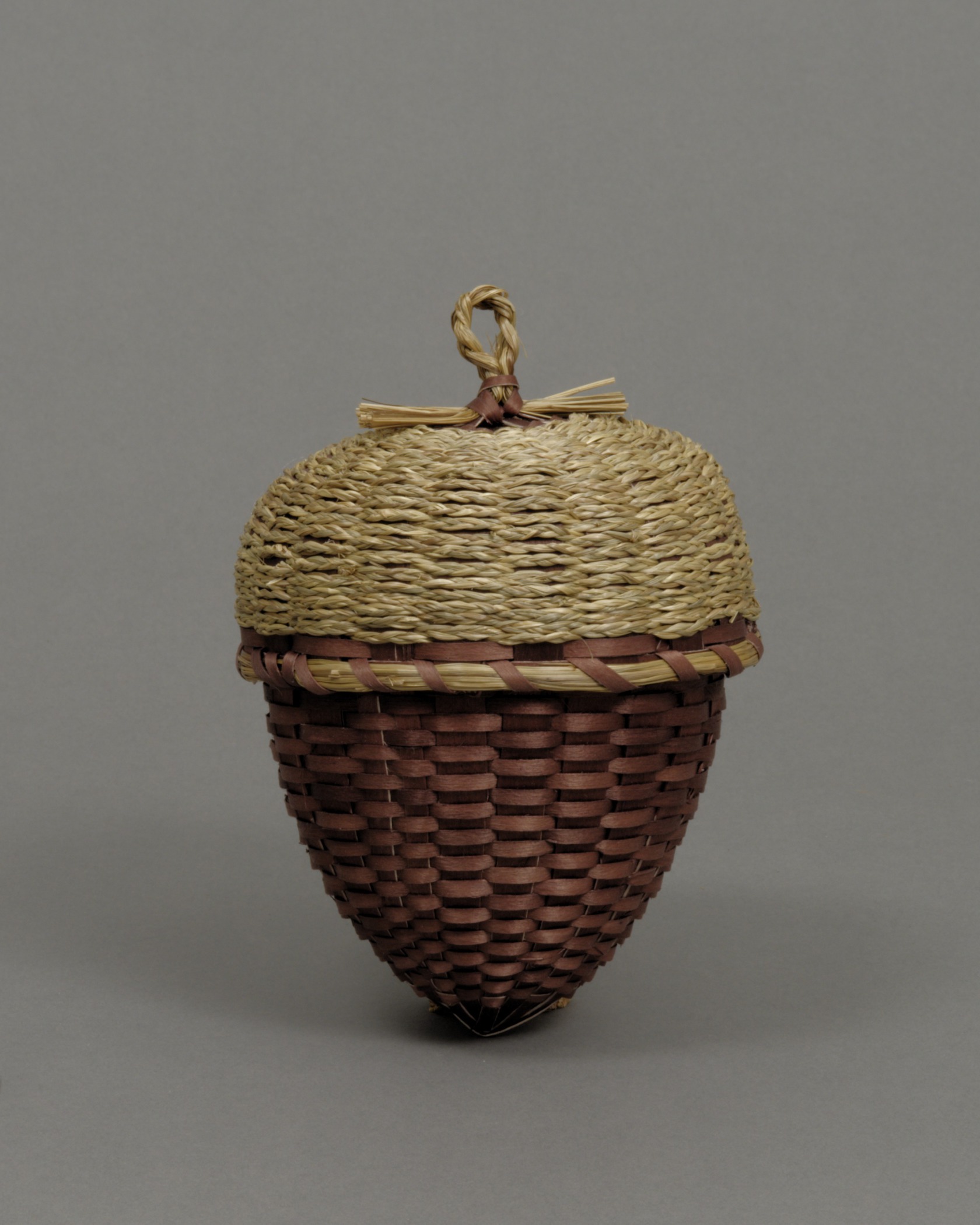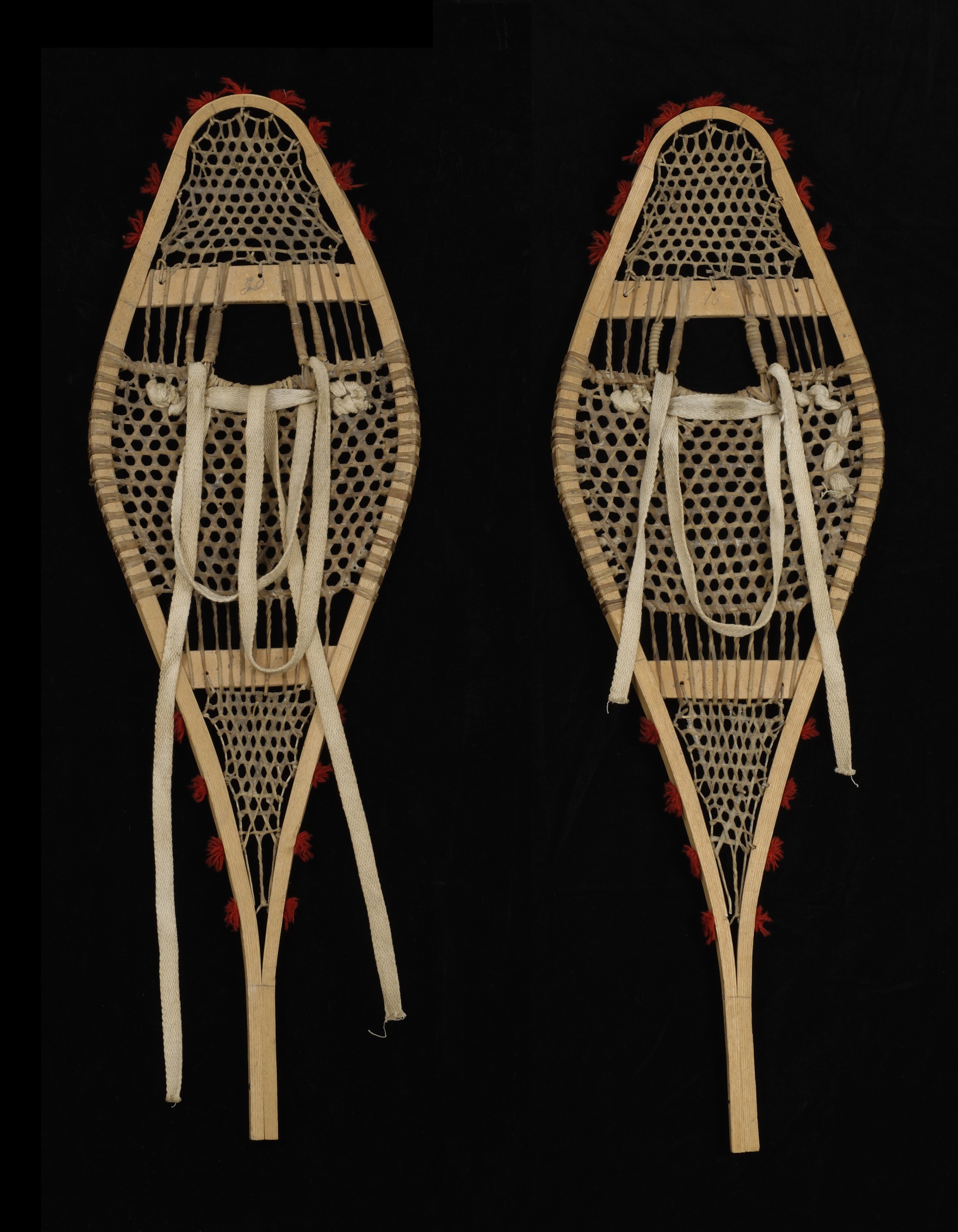Prior to the arrival of Europeans, local tribes conducted trade for agricultural and animal products, handcrafted tools, medicines, and ceremonial items. People traded items they had for items they needed. There is evidence that trade also occurred over long distances between indigenous peoples east and west, north and south.
The European economy was quite different. It was based on the concept of profit. Europeans sought goods and resources they could sell. Soon after Europeans arrived in North America, Native Americans found they had to engage with the cash economy to acquire the things they wanted and needed. At first, this took the form of furs and aid to early settlers and traders. Later, the arts provided a means for native people to support their families and communities.
Woodlands artisans found a market among European Americans for many traditionally made items, like moccasins, baskets, birch bark boxes, embroidered bags, dolls, and tools. The production of these items during the winter months provided opportunities for native men and women to work outside of mainstream white culture, while preserving ancestral skills and knowledge. Native craftspeople then gathered in the summer months to sell their wares at tourist destinations, like Bar Harbor, Maine, or Niagara Falls. These places were often the sites of historic hunting and fishing grounds, and the gathering of native people provided opportunities for community, celebration, and the sharing of techniques and ideas.
Many native artists and craftspeople today make objects as their ancestors did. Their work continues a tradition but also embraces innovation, and is sought after by collectors and museums all over the world.


